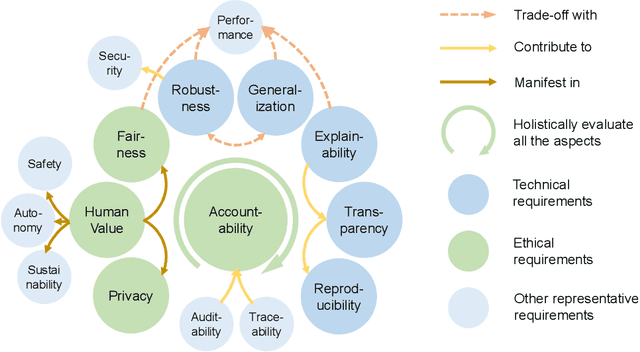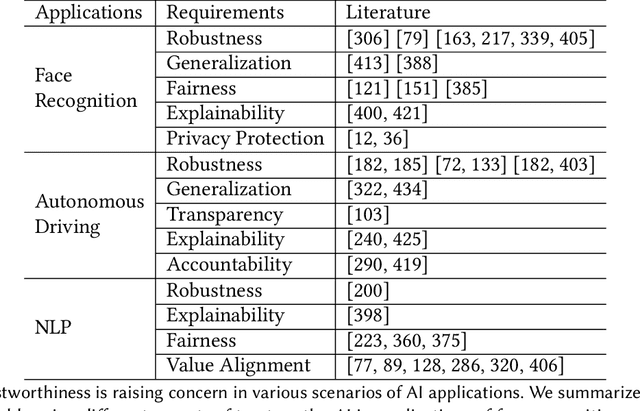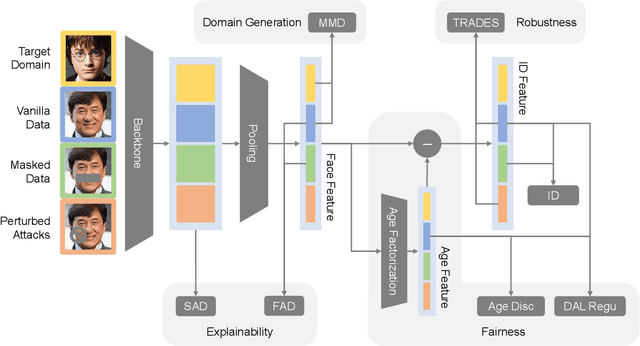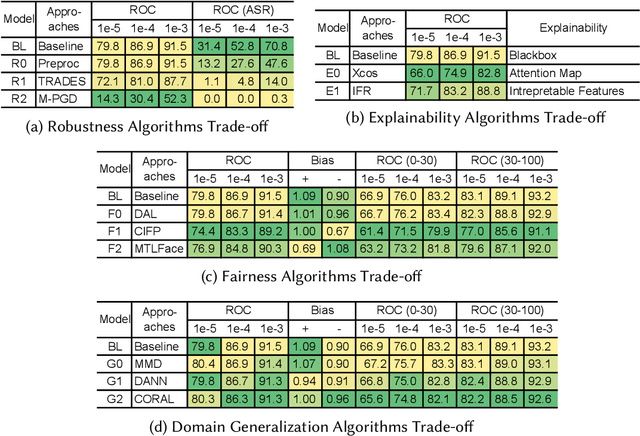Jiquan Pei
Which Style Makes Me Attractive? Interpretable Control Discovery and Counterfactual Explanation on StyleGAN
Jan 24, 2022



Abstract:The semantically disentangled latent subspace in GAN provides rich interpretable controls in image generation. This paper includes two contributions on semantic latent subspace analysis in the scenario of face generation using StyleGAN2. First, we propose a novel approach to disentangle latent subspace semantics by exploiting existing face analysis models, e.g., face parsers and face landmark detectors. These models provide the flexibility to construct various criterions with very concrete and interpretable semantic meanings (e.g., change face shape or change skin color) to restrict latent subspace disentanglement. Rich latent space controls unknown previously can be discovered using the constructed criterions. Second, we propose a new perspective to explain the behavior of a CNN classifier by generating counterfactuals in the interpretable latent subspaces we discovered. This explanation helps reveal whether the classifier learns semantics as intended. Experiments on various disentanglement criterions demonstrate the effectiveness of our approach. We believe this approach contributes to both areas of image manipulation and counterfactual explainability of CNNs. The code is available at \url{https://github.com/prclibo/ice}.
Trustworthy AI: From Principles to Practices
Oct 04, 2021



Abstract:Fast developing artificial intelligence (AI) technology has enabled various applied systems deployed in the real world, impacting people's everyday lives. However, many current AI systems were found vulnerable to imperceptible attacks, biased against underrepresented groups, lacking in user privacy protection, etc., which not only degrades user experience but erodes the society's trust in all AI systems. In this review, we strive to provide AI practitioners a comprehensive guide towards building trustworthy AI systems. We first introduce the theoretical framework of important aspects of AI trustworthiness, including robustness, generalization, explainability, transparency, reproducibility, fairness, privacy preservation, alignment with human values, and accountability. We then survey leading approaches in these aspects in the industry. To unify the current fragmented approaches towards trustworthy AI, we propose a systematic approach that considers the entire lifecycle of AI systems, ranging from data acquisition to model development, to development and deployment, finally to continuous monitoring and governance. In this framework, we offer concrete action items to practitioners and societal stakeholders (e.g., researchers and regulators) to improve AI trustworthiness. Finally, we identify key opportunities and challenges in the future development of trustworthy AI systems, where we identify the need for paradigm shift towards comprehensive trustworthy AI systems.
 Add to Chrome
Add to Chrome Add to Firefox
Add to Firefox Add to Edge
Add to Edge